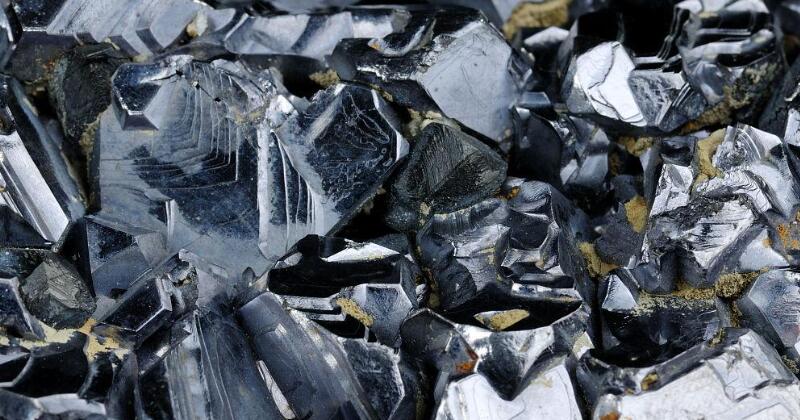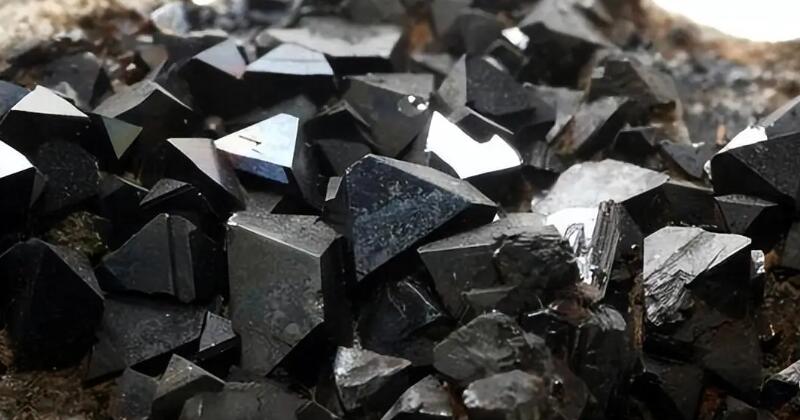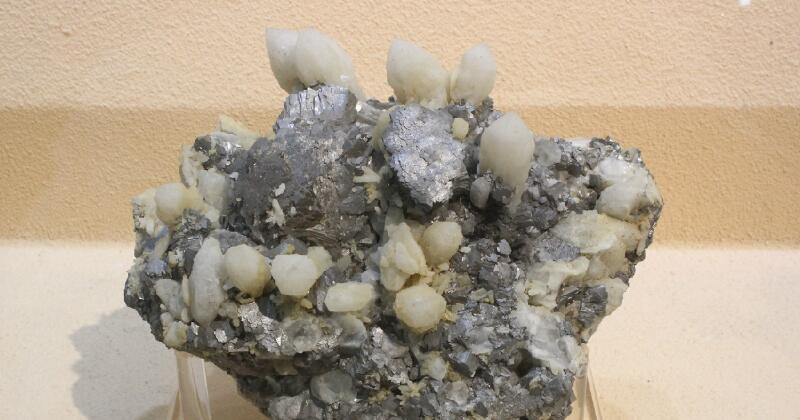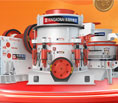Characteristics and uses of cuprite
 Xingaonai
Xingaonai
![[list:date style=M.d,Y]](/images/date.png) Apr.05,2025
Apr.05,2025
 361
361
If you want to know more details about equipment, solutions, etc, please click the button below for free consultation, or leave your requirements!
Cuprite (chemical formula Cuâ‚‚O) is a symbolic mineral of the oxidation zone of copper deposits. Its bright red hue is often regarded as a clue for prospecting by experienced geologists. In the open-pit mine of the Chuquicamata copper mine in Chile, the exploration team successfully located the deep hidden porphyry copper ore body with the help of the dark red cuprite fragments scattered on the surface. The unique cubic crystal form of this mineral shows a regular atomic arrangement under an electron microscope. Its theoretical copper content of 88.8% far exceeds that of primary minerals such as chalcopyrite (34.6%), which makes cuprite the preferred raw material for hydrometallurgy. The Cananea copper mine in Mexico uses sulfuric acid leaching process, and more than 600 kilograms of electrolytic copper can be extracted from each ton of cuprite.
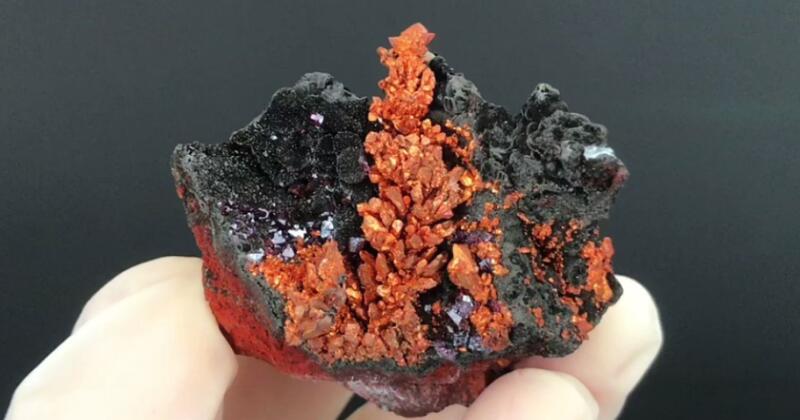
In the field of materials science, the semiconductor properties of cuprous oxide were developed and utilized as early as the 1930s. Bell Labs used cuprite crystals to manufacture the first commercial solid-state rectifiers, and its 0.2V threshold voltage characteristic made it widely used in early radio equipment. Recent studies have found that embedding nano-scale Cuâ‚‚O particles (particle size 50-80nm) into the interface layer of perovskite solar cells can increase the photoelectric conversion efficiency from 19.7% to 22.4%. However, this material is extremely sensitive to humidity. Experimental data show that when the relative humidity exceeds 65%, a copper oxide protective layer with a thickness of about 3ÎĽm will be generated on the surface of cuprite within 72 hours.
Different from sulfur-containing chalcocite or carbonate-containing malachite, the identification characteristics of cuprite are very obvious: it will leave clear scratches when tested with a hardness pen (Mohs hardness 3.5), and it will immediately produce a blue solution and release a large amount of brown-red nitrogen dioxide gas when placed in concentrated nitric acid. In the collection market, octahedral cuprite crystals (over 5cm in size) from the Tsumeb mine in Namibia can cost up to $3,000 per piece, but they must be placed in an inert gas environment when stored, otherwise their bright red color will gradually turn into dark brown within 6-8 months.
Smelting companies are more concerned about the economic value of cuprite: when using the flash smelting process, every 100 tons of concentrate containing 85% Cuâ‚‚O can produce 72 tons of crude copper, and a PH regulating pool is required to treat about 1,500 cubic meters of acidic wastewater. In the field of archaeology, X-ray fluorescence analysis of painted pottery unearthed from the burial pit of the Qin Shihuang Mausoleum showed that cuprite microcrystals were detected in the red pigment layer, confirming the ancient craft record in "Kaogongji" that "red copper was used instead of cinnabar".
Author: Xingaonai
Reprint address: http://xingaonai.cn/mineral-profile/characteristics-and-uses-of-cuprite.html
 +86 15637191339
+86 15637191339 sale@xingaonai.cn
sale@xingaonai.cn




 Message
Message Chat Now
Chat Now





